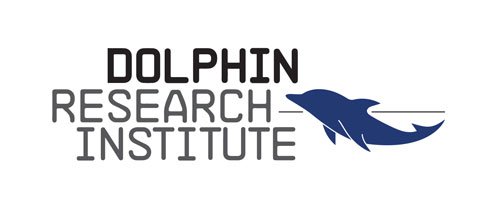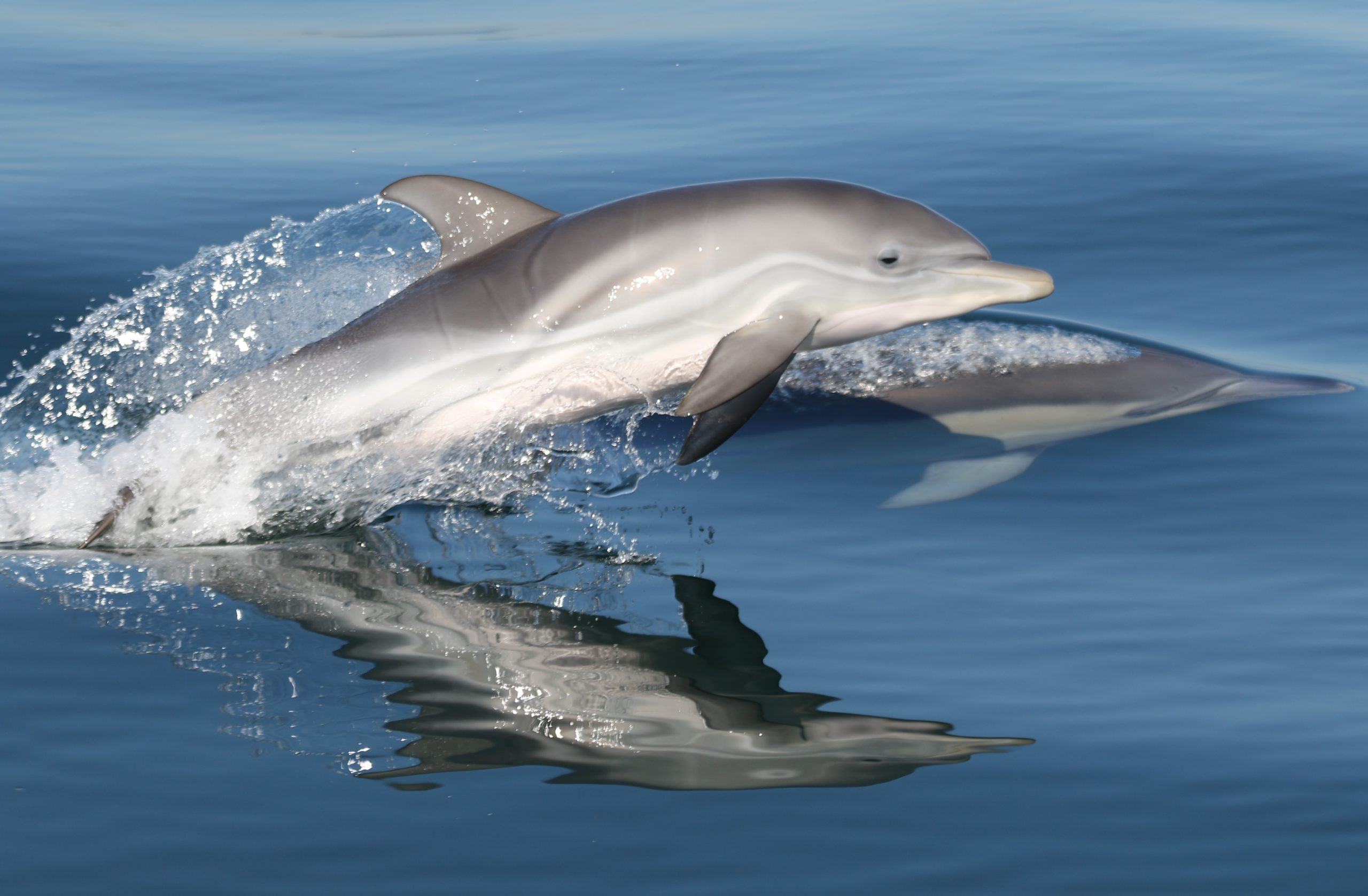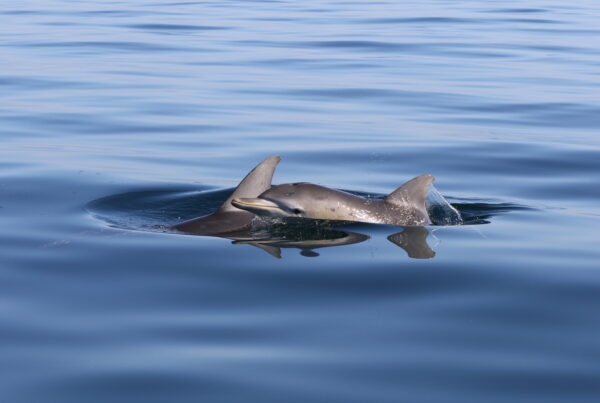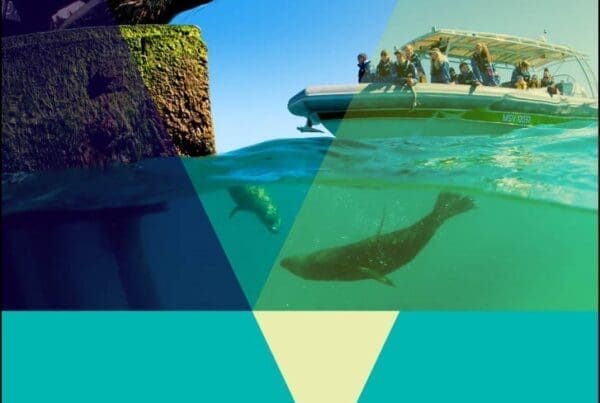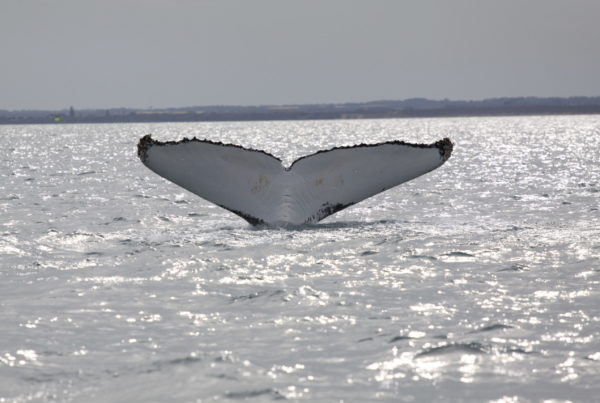Here at the Dolphin Research Institute, we have been researching and monitoring the dolphins in Port Phillip Bay for over 30 years. There are two species of dolphin that call our bay home: common (Delphinus delphis) and bottlenose (Tursiops truncatus) dolphins.
Common dolphins
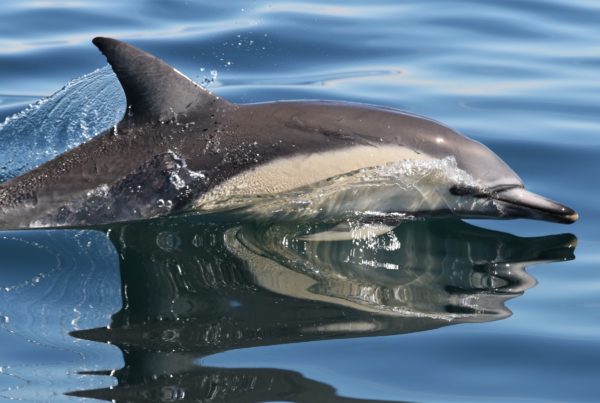
Common dolphins are approximately 2.5m in length and dark grey in colour with a distinct cream to light grey hourglass patterning on their flank (body). They have a long and slender beak and a dorsal fin that is more triangular in shape compared to bottlenose dolphins, with shades of cream to dark grey.
We first sighted the common dolphins in Port Phillip Bay in 2005 along the Mornington coastline, when there were only a handful of individuals. Now we have a catalogue of over 85 dolphins! Typically found in the open ocean, our common dolphins are special due to being the only recorded population living in a shallow, urbanised embayment. Our long-term monitoring suggests that there are currently 20 – 30 common dolphins that permanently reside in Port Phillip Bay and many more that travel in and out from Bass Strait.
Bottlenose dolphins
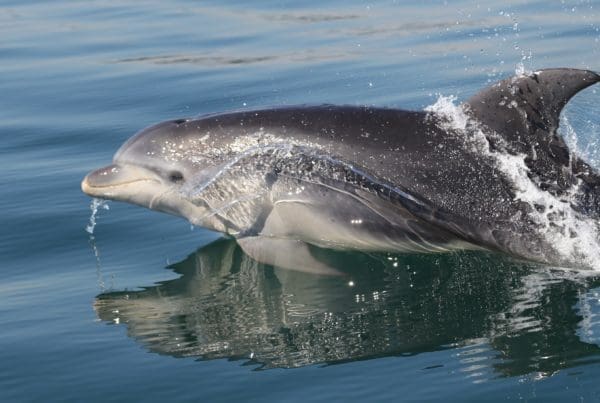
Bottlenose dolphins are larger than common dolphins, growing up to 3.8m in length offshore and approximately 2.7m in the bay. They are dark to light grey in colour with a pale belly, and have short and rounded beaks. Their dorsal fins are grey and mostly curved. There are approximately 100 – 120 resident bottlenose dolphins in Port Phillip Bay and a small number (3 – 5) in Western Port Bay.
If you have ever been lucky enough to swim with dolphins on a tourist dolphin swim here in Port Phillip Bay, it was most likely with our bottlenose dolphins!
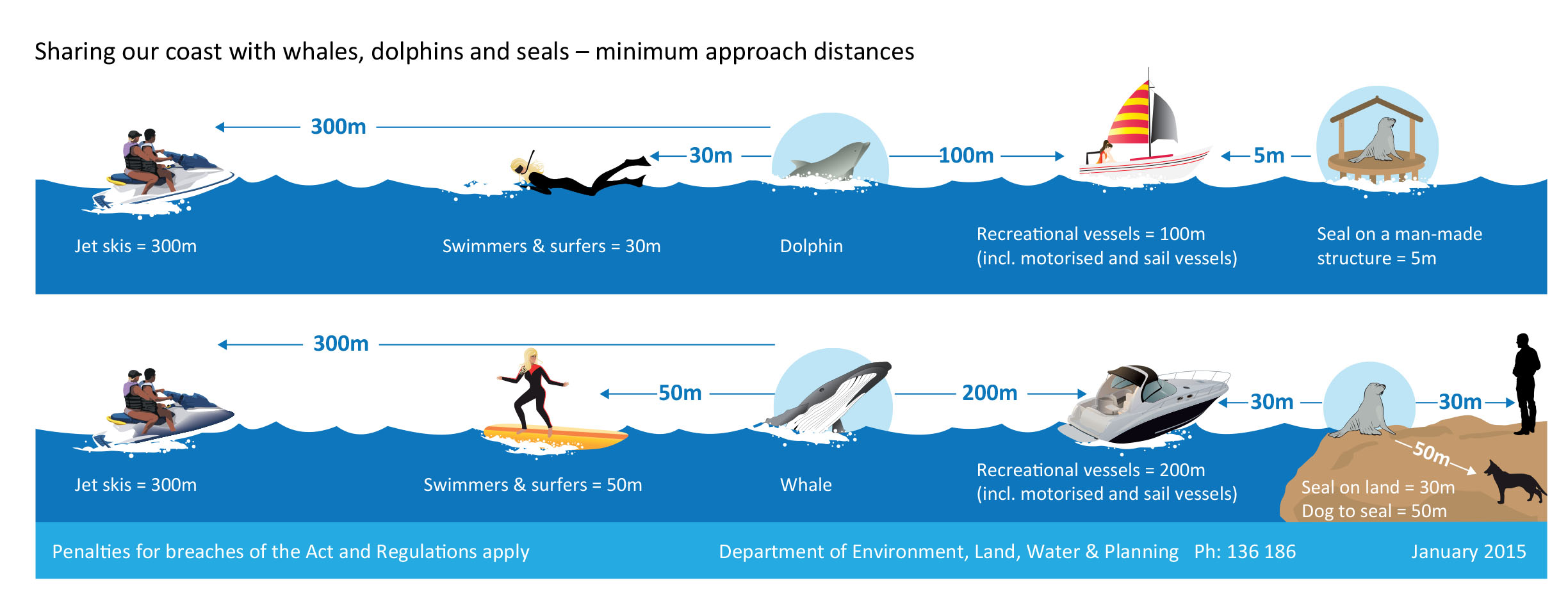
When out on the water, please do not forget to follow Victorian dolphin and whale regulations. This ensures the safety of both humans and animals.
